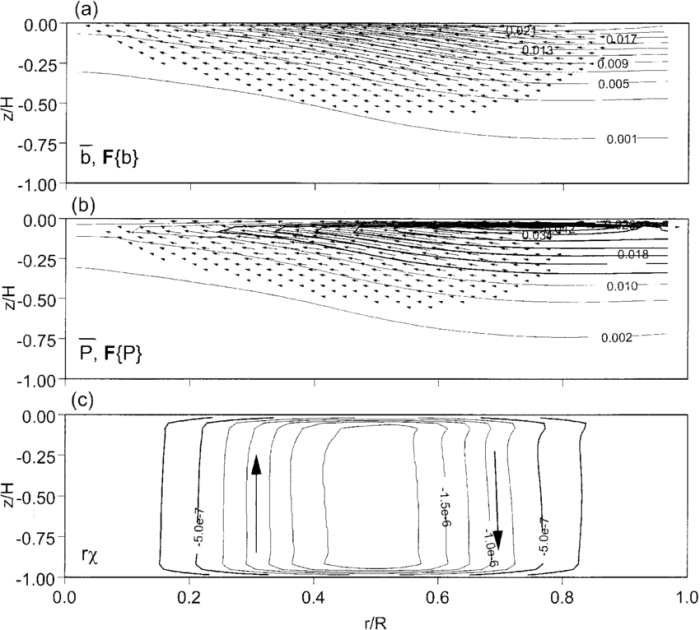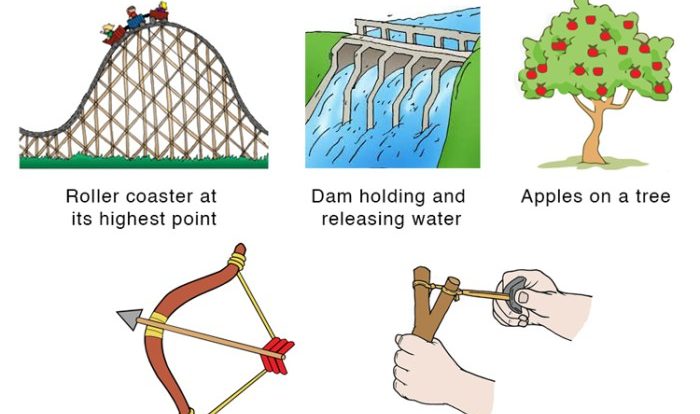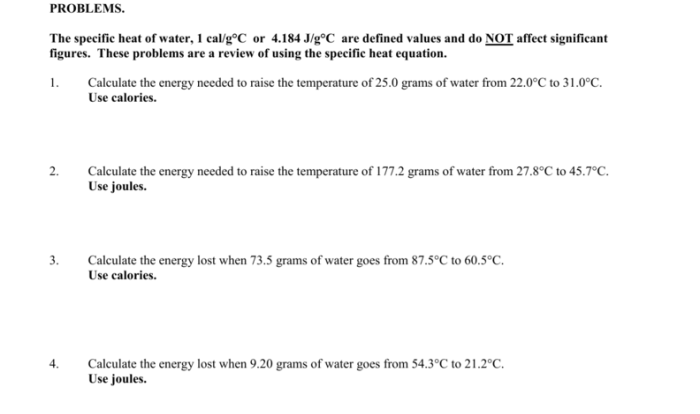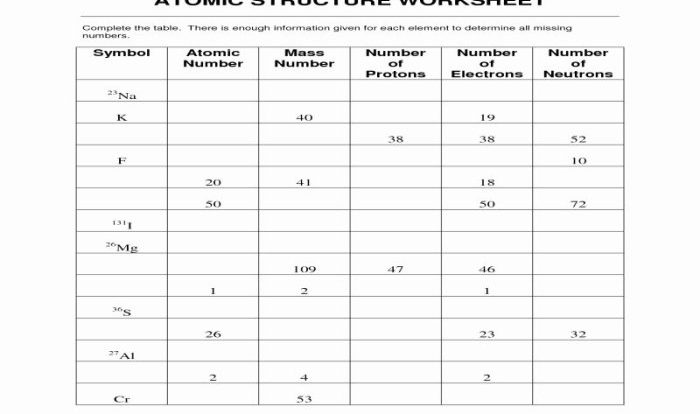Section 13.3 Buoyancy Answer Key unlocks the mysteries of fluid dynamics, providing a comprehensive understanding of the forces that govern objects immersed in fluids. This guide delves into the fundamental concepts of buoyancy, its practical applications, and the factors that influence its magnitude, offering a thorough exploration of this fascinating scientific phenomenon.
Buoyancy, a crucial concept in fluid dynamics, arises from the interplay between density, gravity, and the upward force exerted by a fluid on an immersed object. By examining the relationship between these factors, we gain insights into how objects float, sink, or remain suspended in various fluids.
Section 13.3 Buoyancy: Section 13.3 Buoyancy Answer Key

Buoyancy is a fundamental concept in fluid dynamics that describes the upward force exerted by a fluid that opposes the weight of a partially or fully immersed object. Understanding buoyancy is crucial for comprehending the behavior of objects in fluids and has numerous practical applications across various fields.
Key Concepts, Section 13.3 buoyancy answer key
- Buoyancy is the upward force exerted by a fluid on an object immersed in it.
- Buoyancy is caused by the difference in pressure between the top and bottom of the object.
- The magnitude of the buoyant force is equal to the weight of the fluid displaced by the object.
Relationship between Density, Gravity, and Buoyant Force
The buoyant force acting on an object is directly proportional to the density of the fluid, the volume of the fluid displaced by the object, and the acceleration due to gravity. Mathematically, this relationship can be expressed as:
$$F_b = \rho V g$$
where:
- $F_b$ is the buoyant force
- $\rho$ is the density of the fluid
- $V$ is the volume of the fluid displaced by the object
- $g$ is the acceleration due to gravity
FAQ Summary
What is the formula for calculating buoyant force?
Buoyant force = Density of fluid × Volume of displaced fluid × Acceleration due to gravity
How does the shape of an object affect its buoyancy?
Objects with irregular shapes tend to experience greater buoyant force compared to regular shapes with the same volume.
What is the significance of metacentric height in ship stability?
Metacentric height is a measure of a ship’s stability. A higher metacentric height indicates greater stability, reducing the risk of capsizing.



